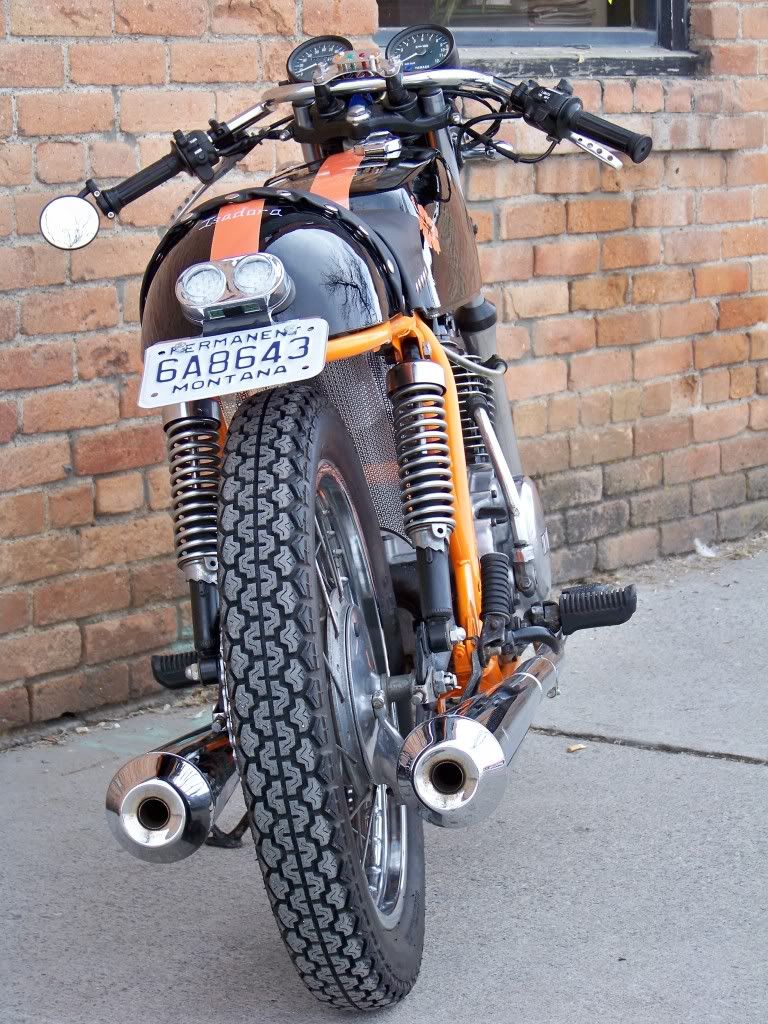So Larry:
am I to understand in your opinion a thick coating of solvent based paint and clear coat is sufficient?
If so is lacquer a solvent based?
And if so would a few more coats of clear coat help?
I realize it is your opinion which I have respect for.
I also appreciate the input of others
I hope I'm not too politically correct.
Rick
am I to understand in your opinion a thick coating of solvent based paint and clear coat is sufficient?
If so is lacquer a solvent based?
And if so would a few more coats of clear coat help?
I realize it is your opinion which I have respect for.
I also appreciate the input of others
I hope I'm not too politically correct.
Rick





Comment